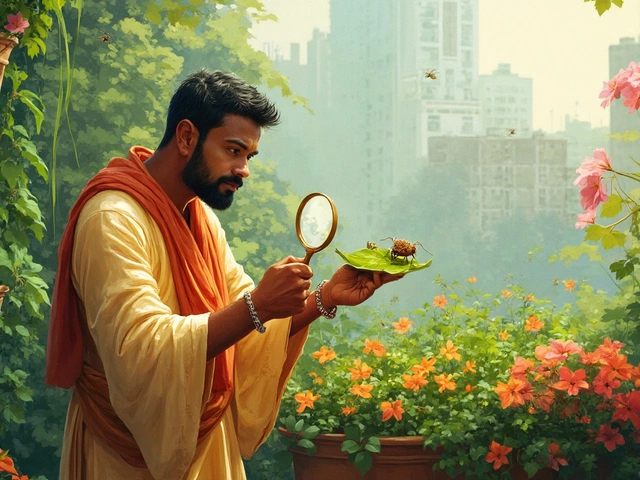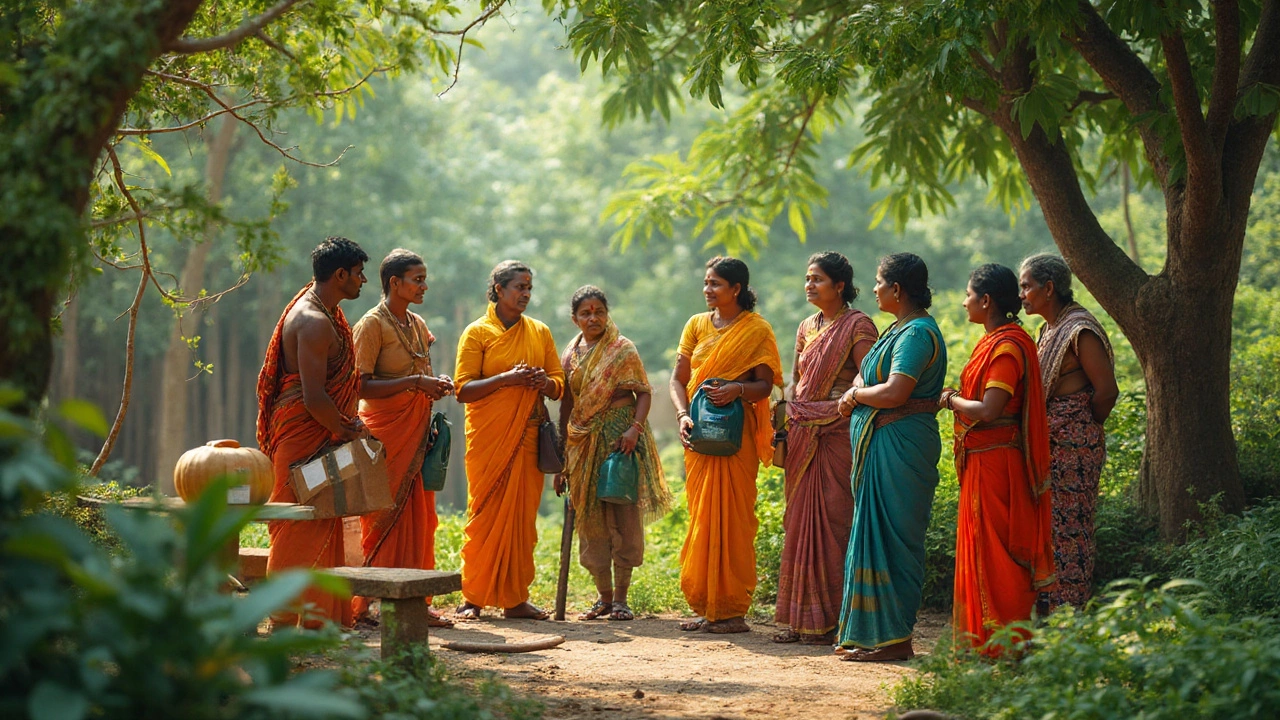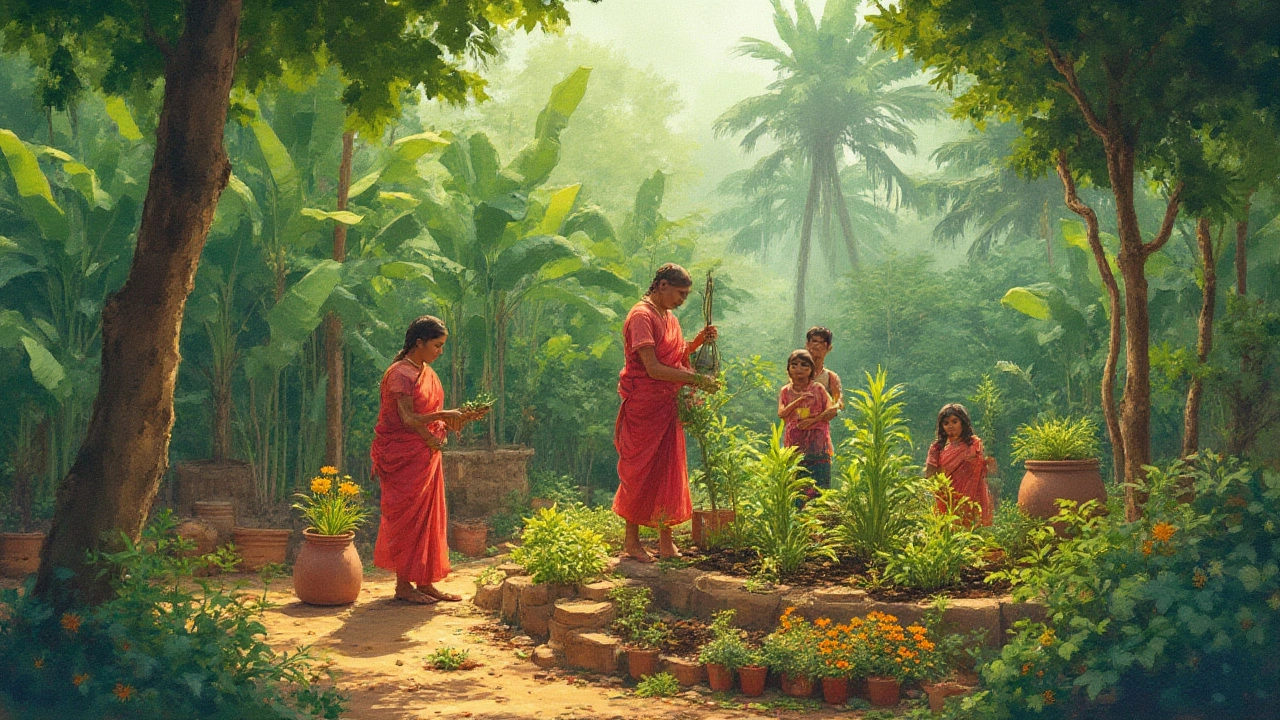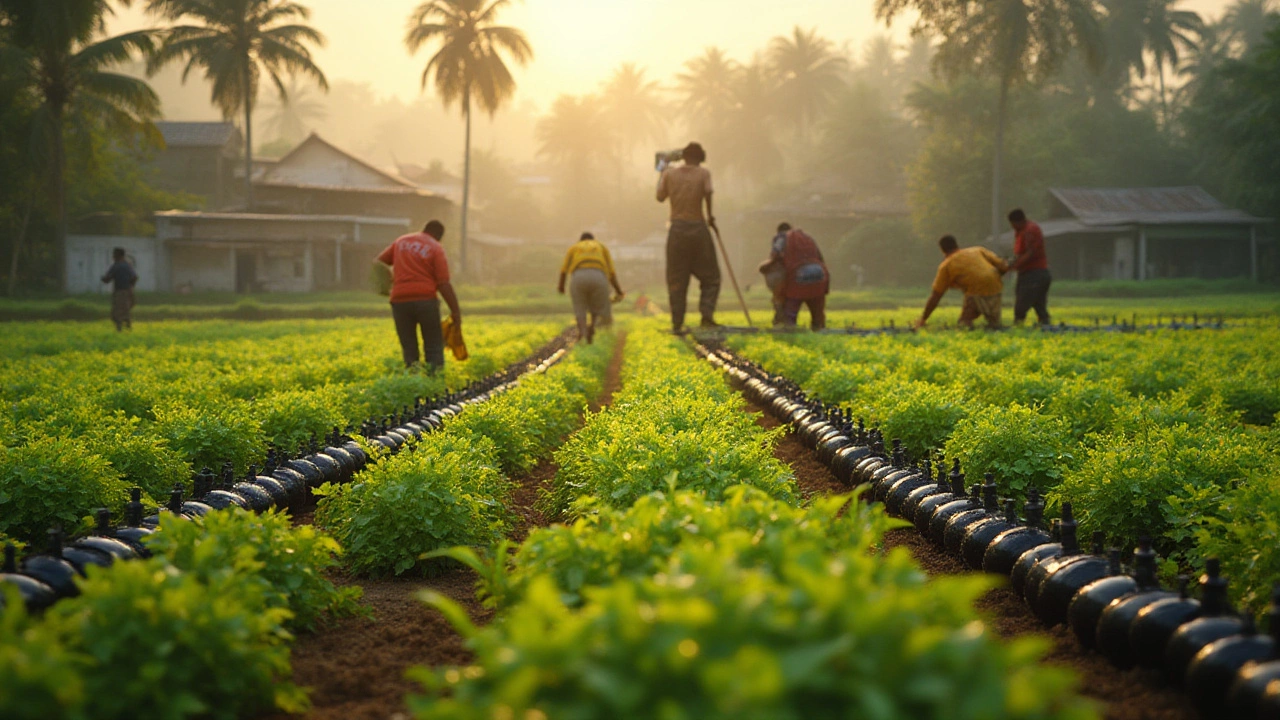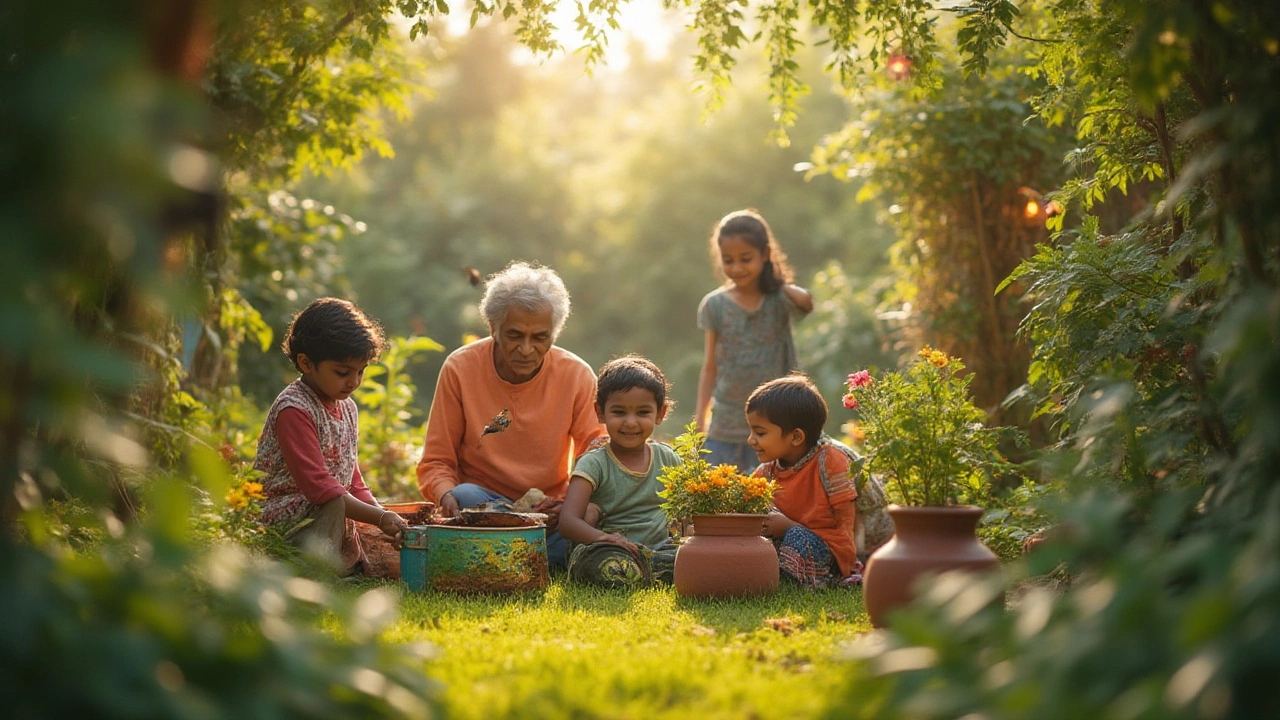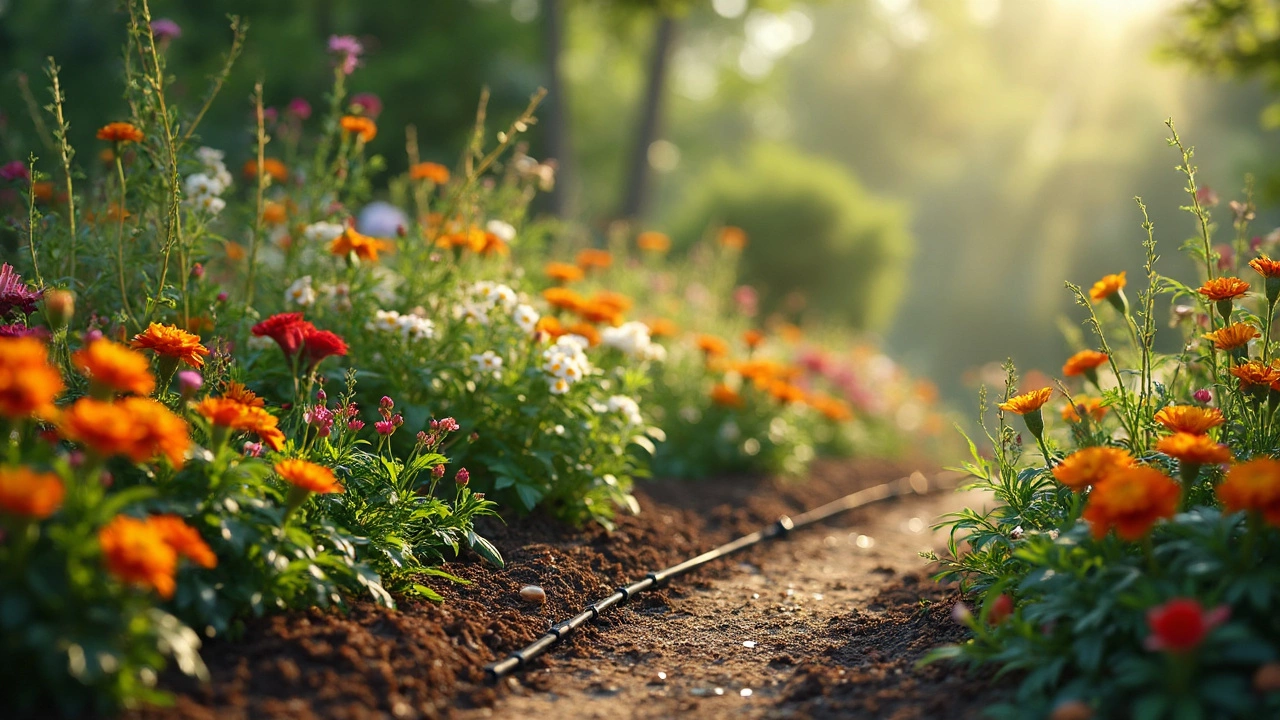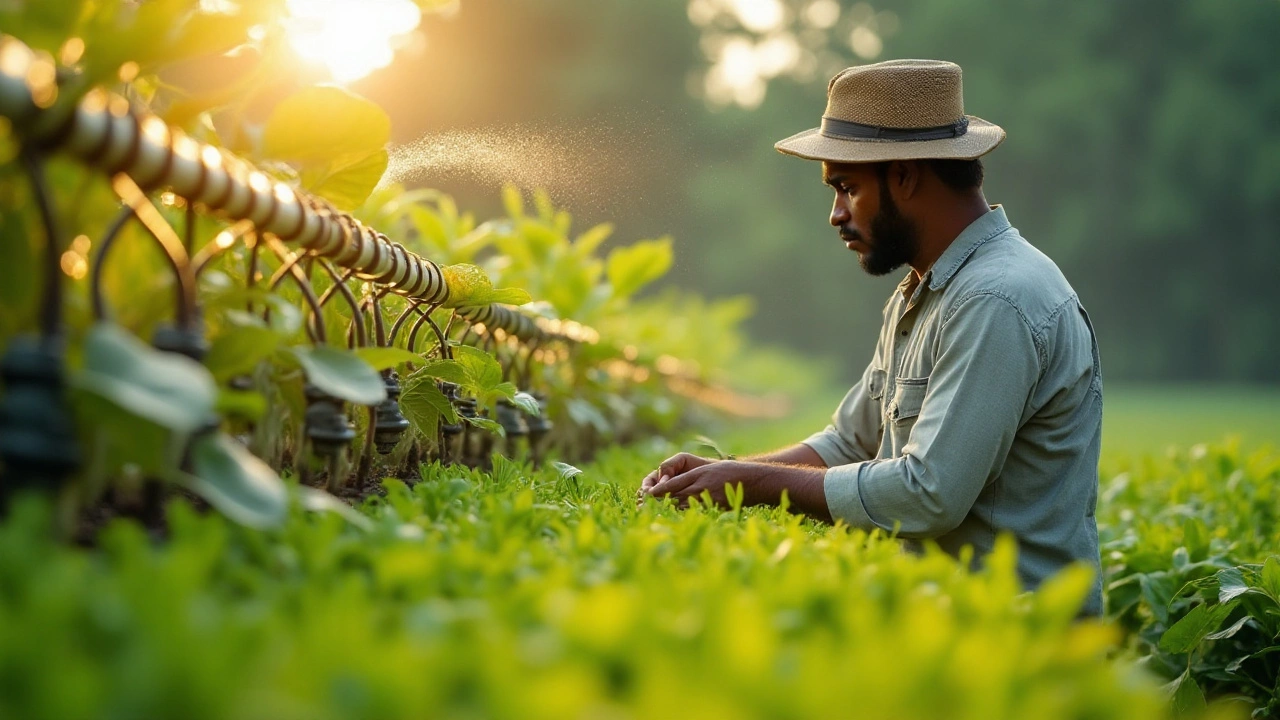Water Conservation for Indian Gardens: Practical Tips
India faces water stress in many regions, so every drop counts in the garden. Saving water isn’t just about the planet – it also keeps your plants thriving and your bills low. Below are easy actions you can start today.
Drip Irrigation Basics
Drip systems deliver water right to the root zone, reducing evaporation. Bury the lines a few inches deep (around 2‑3 inches for most vegetables) so water reaches the soil instead of the surface. The depth depends on soil type – sandy soils need shallower placement, while clay can go a bit deeper.
When you set up a drip line, use a pressure regulator to avoid burst pipes and check for clogs regularly. A simple flow‑meter helps you know exactly how much water each zone gets, so you never over‑water.
Simple On‑Site Strategies
Mulching is a quick win. A layer of straw, leaves, or compost keeps soil cool and slows evaporation. Aim for 3‑4 cm of mulch around each plant, but keep it away from stems to prevent rot.
Water early in the morning or late evening. Cooler temperatures mean less water lost to heat. A quick check – stick your finger into the soil a few centimeters deep; if it feels dry, it’s time to water.
Collect rainwater in a barrel or tank. Even a small 200‑liter barrel can supply enough water for a balcony garden during dry weeks. Filter the water with a simple mesh to keep out debris.
Choose drought‑tolerant varieties like sorrel, purslane, or native grasses. These plants need less frequent watering and still look lush in the garden.
Reuse grey water from washing fruits or vegetables. Let it cool, then pour it at the base of your plants. Avoid using water with heavy detergents – a mild rinse is safe.
Maintain your irrigation equipment. Look for leaks, replace worn gaskets, and flush the system at the start of each season. A well‑kept system uses far less water.
Group plants with similar water needs together. This lets you set different watering zones and avoids over‑watering sun‑loving herbs while under‑watering shade‑preferring ferns.
Use a soil moisture meter if you’re unsure. It gives a quick reading and helps you schedule watering based on actual need, not a fixed calendar.
Implement these habits and watch your garden stay green while using far less water. Small changes add up, and you’ll feel good knowing you’re helping conserve a precious resource.
Drip Irrigation: Why Isn’t Everyone Using This Efficient Watering System?
Why do so many gardeners, farmers, and homeowners skip drip irrigation, even with its proven water savings? We dig into the roadblocks, mistakes, myths, and the real challenges holding it back.
Sustainable Gardening: Tips to Make Your Garden Eco-Friendly and Self-Sufficient
Discover practical strategies and facts for boosting your garden’s sustainability. Learn smart water use, composting, native plants, and more for a thriving, eco-friendly garden.
Why Is Drip Irrigation So Expensive? Breaking Down the Real Costs and Saving Tips
Drip irrigation saves water but often comes with a hefty price tag. Explore what makes drip systems costly and learn actual ways to cut expenses without losing efficiency.
Eco-Friendly Yard Ideas: Sustainable Tips for a Greener Outdoor Space
See how to make your yard more eco–friendly. Discover simple tips, native plant picks and sustainable strategies for water, soil and wildlife.
Drip Irrigation Under Mulch: Is It Worth It?
Discover the perks of placing drip irrigation under mulch for your garden. Explore how this combination helps conserve water, improve soil health, and ensure efficient plant growth. Learn practical tips and reasons to consider this method for a more sustainable gardening experience.
Understanding the Drawbacks of Drip Irrigation Systems
Drip irrigation is praised for its water-saving efficiency and precise delivery of nutrients to plants. However, like any technology, it is not without its challenges. This article explores some significant downsides associated with drip irrigation systems, such as cost, maintenance, and clogging issues. Understanding these concerns is crucial for farmers and gardeners considering this irrigation method. Learn how to mitigate these drawbacks and determine if drip irrigation is suitable for your agricultural needs.
About
Drip Irrigation, Sustainable Gardening, Gardening
Latest Posts
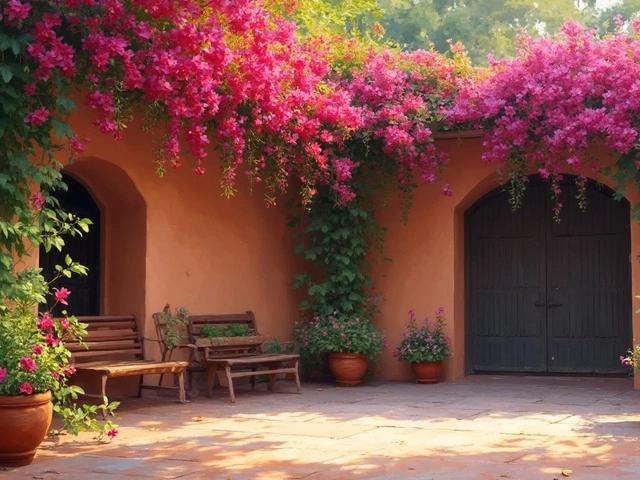
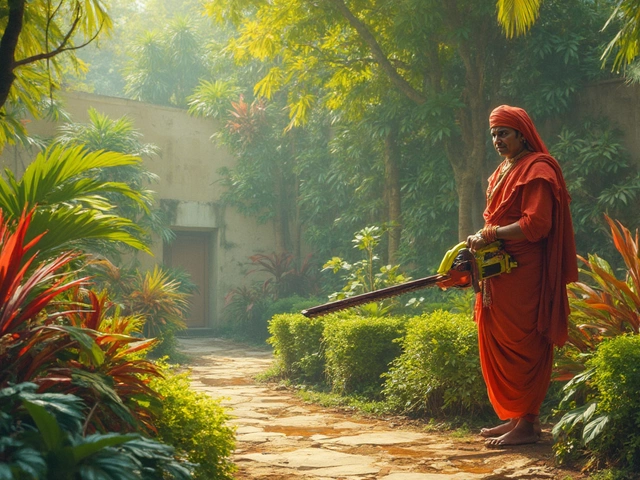
Where Does Ryobi Rank in Garden Tools?
By Alden Thorne Apr 5, 2025
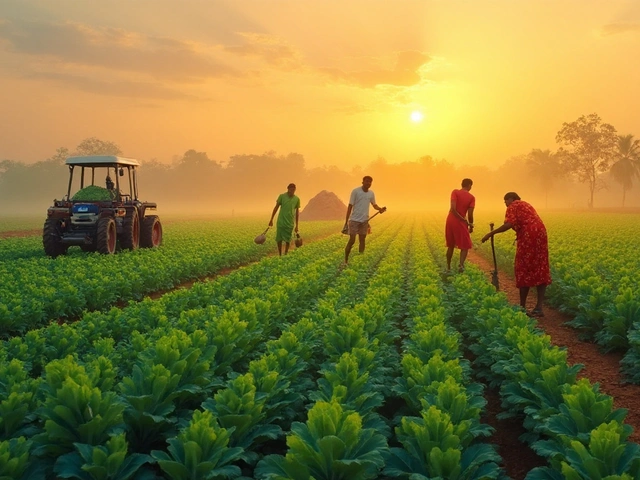
Broccoli Farming in India: Profit Secrets, Tips, and Market Dynamics
By Alden Thorne Aug 7, 2025
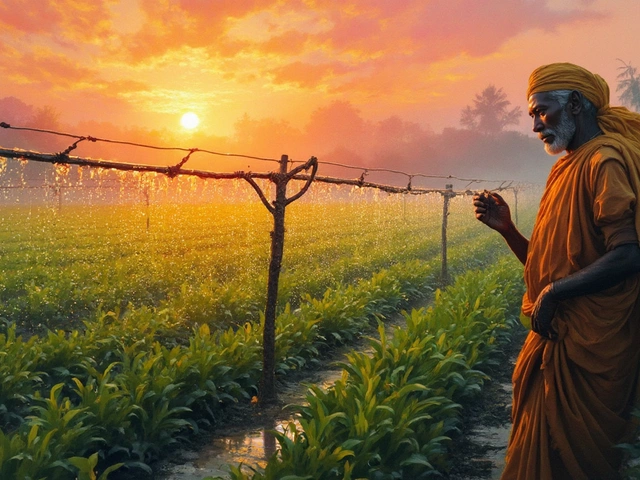
Flushing Your Drip Irrigation System: How Often Should You Do It?
By Alden Thorne Feb 19, 2025
